Hands on with Google's Stadia Controller: It's good. Really good.
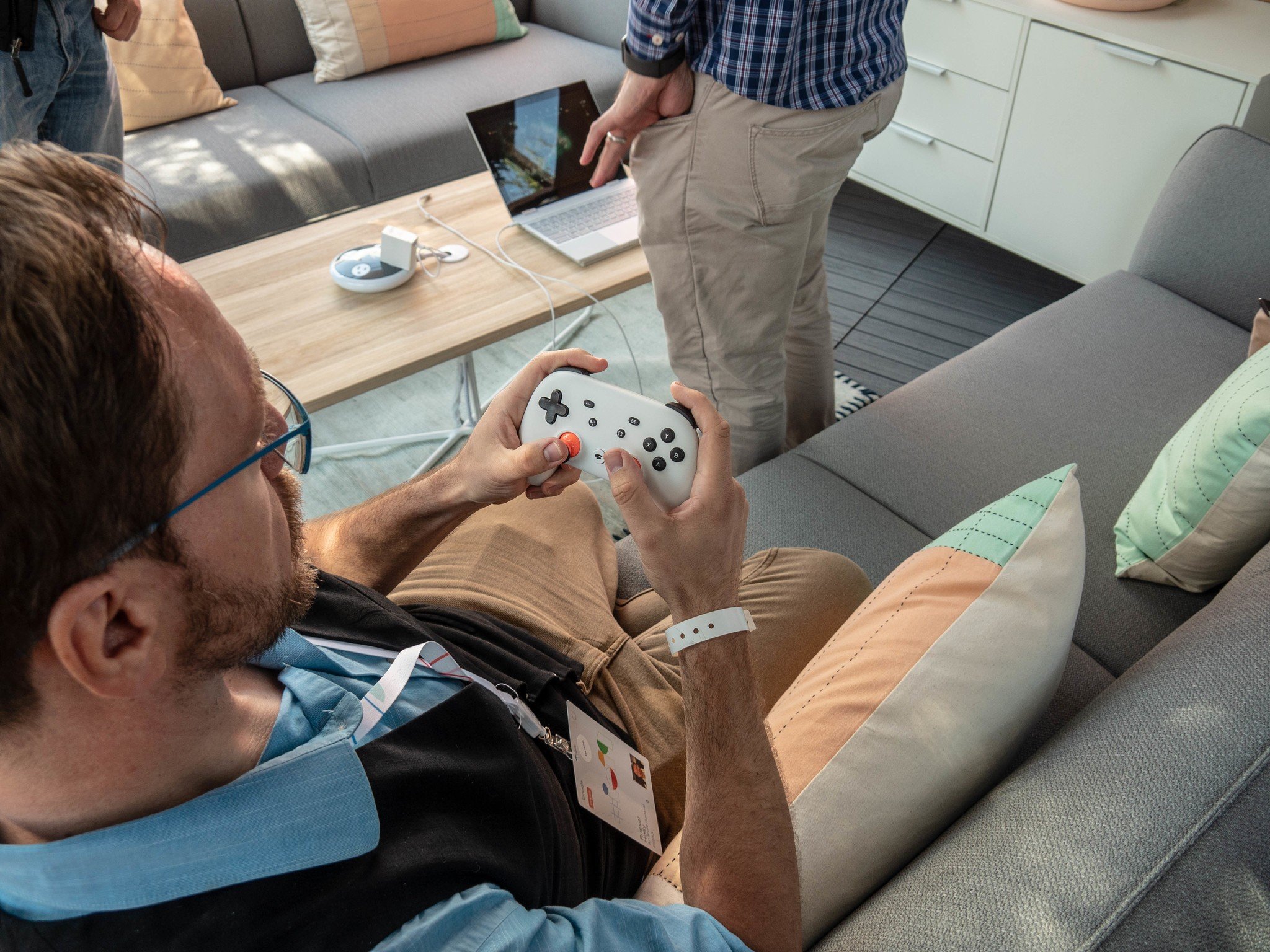
While most of the truly interesting things surrounding Stadia have to do with the technology that makes it possible for you to play a game in 4K at 60FPS using nothing but an internet connection and a web browser, Google needs to make its controller usable, too. The Stadia controller is supposed to be able to launch games in an instant, summon Google Assistant to help you when you're stuck in a level, and instantly stream your experiences to your audience. So if that controller wasn't good, a lot of critical features are likely to go unused.
While the Stadia Controller was unveiled at GDC earlier this year, nobody was allowed to touch it. The controller was kept behind glass for the entire show, and left a lot of questions unanswered. Here at Google I/O, things are a little different, so I spent some time looking this piece of hardware over to see how it held up against the competition I already love.
Familiar, but different enough to matter
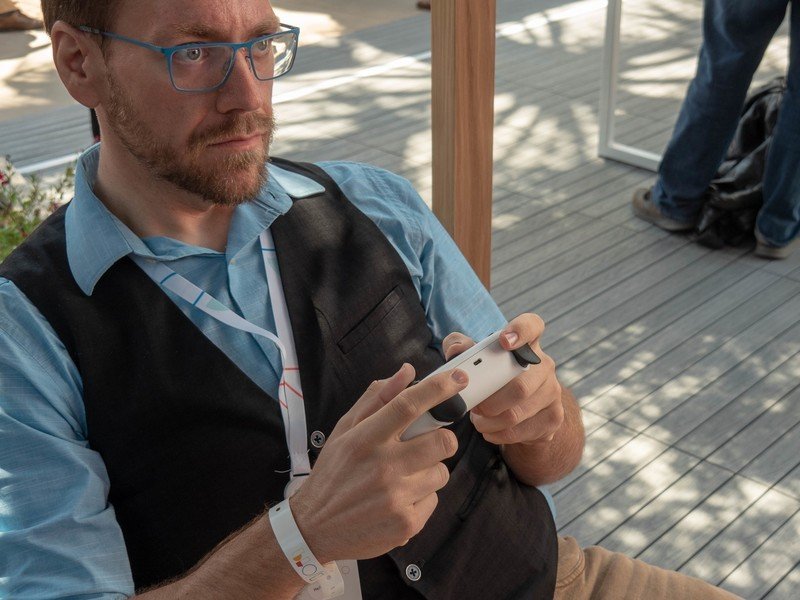
At first glance, the Stadia Controller looks a lot like an Xbox controller. Which makes sense — if you're going to design a controller for people who love games, you should start with the most popular one. A closer inspection reveals there's quite a bit about this controller that does not come from the Xbox team, and that has caused me some concerns. The joysticks aren't offset, the triggers are very different, and the angles for the palm rests are at an odd angle. There are a lot of buttons around the center of the controller as well, which could mean it's difficult to find the right button when you're in the middle of something and have to look down to make sure the wrong button.
But I have to say — after using it a while, I don't think any of it is going to be a problem.
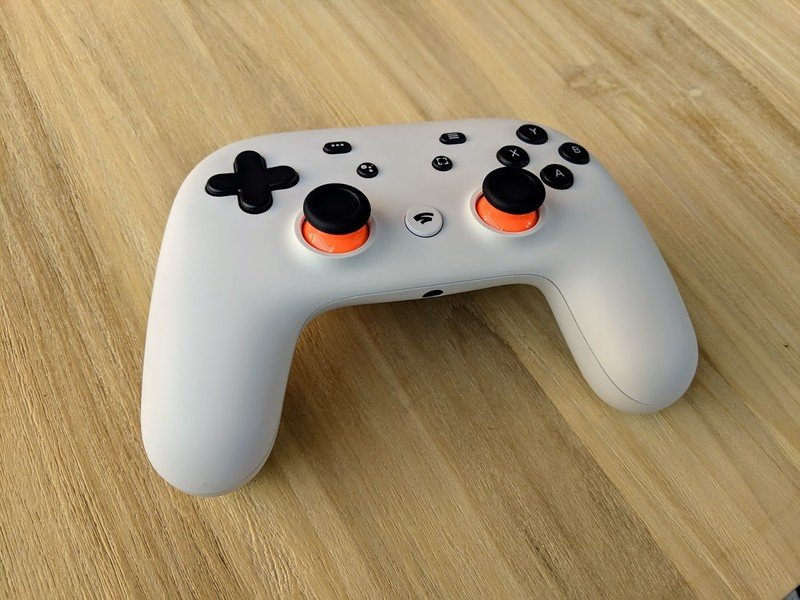
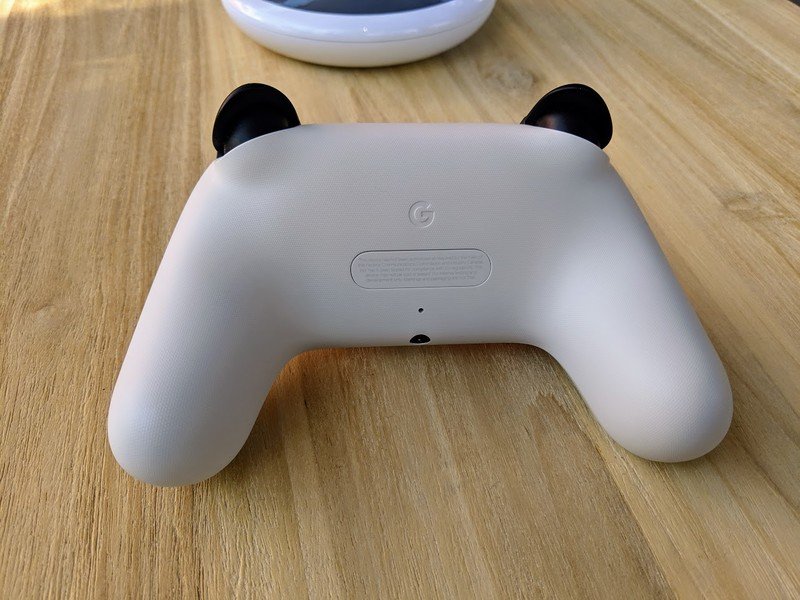
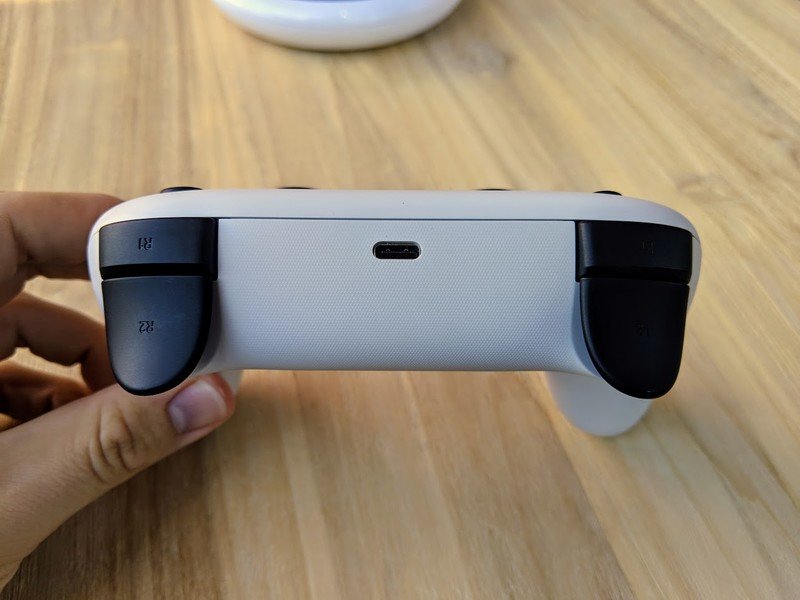
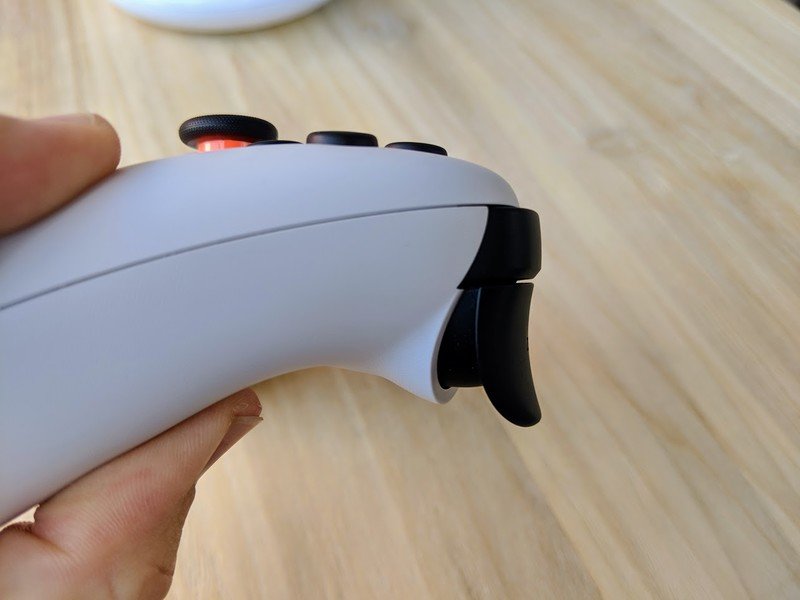
The controller is a dream to hold. It's a little lighter than an Xbox controller, but feels no less solid. The top of the controller is made of smooth but not glossy plastic, while the underside gives some texture so you can rest it on your fingers or grip it tight and not feel a slide either way. The wider handles make your thumbs more comfortably rest on the joysticks, so after a few minutes I didn't even notice it wasn't offset like I typically prefer. There's no big center button in the middle of the controller, so it's actually pretty easy to run your thumb over the top row of smaller buttons and locate the one you want.
But the real stars here are the triggers. My fingers rest comfortably at the top of the controller along the bumper buttons, and make sliding onto the triggers very easy. The triggers themselves have more travel than the Xbox controller, which made it a little easier to choose which pressure level I wanted. If developers choose to take advantage of this, it could mean there are lots of different tools for precision movements.
The color choices Stadia is making for these launch controllers are fantastic.
Stadia made the controller USB-C powered, which is a nice way of future-proofing it. There's also a headphone jack, so you can bring whatever headset you prefer to the experience. Wi-Fi means it can connect to tons of different things to control your game of choice, and helps address some of the latency concerns we all have about Stadia when it officially launches.
Be an expert in 5 minutes
Get the latest news from Android Central, your trusted companion in the world of Android
Finally, having spent some time will all three models now, I love the color options Google is making for these launch controllers. The bright orange accents on the white model, the flat white accents on the black model, and the lime green accents on the green — sorry, wasabi — colored model are all excellent.
Still some things we don't know
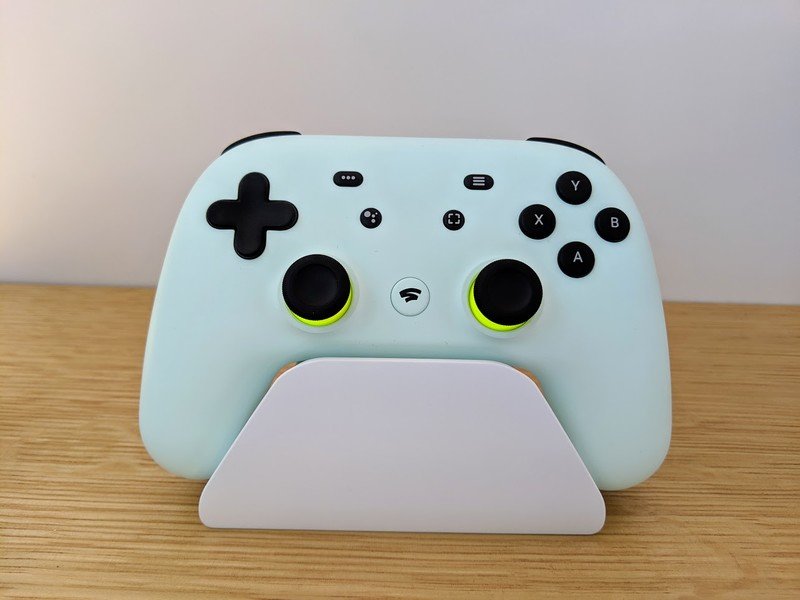
I'm a lot more excited about the Stadia controller than I was before, but Stadia itself still has to show me a few things. The demo available to me this week is the all-too-familiar Assassins Creed Odyssey playing on a Chromebook with an HDMI cable connected to a television. The controller itself was not connected via Wi-Fi, but instead a USB-C cable directly to the laptop. So I'm still not able to test this controller in a truly wireless environment, which is something I very much want to do. Being able to use this controller on a Chromecast is something I think will be a huge deal to a lot of folks, and hopefully that's something Stadia is willing to demo soon.
When this platform is finally available to the public you can bet there will be a Wasabi model sitting on my coffee table.
While this was a final version of the controller with functional buttons, the Google Assistant and live capture buttons don't actually do anything in the software yet. So my dreams of being a cool YouTube gaming star are not yet realized, but the buttons are clearly not going anywhere so it's likely we'll see these features in action sooner rather than later.
But if I set those things aside, the Stadia controller is impressive. It's difficult to make a great controller on your first attempt. Microsoft and Sony have been at this for a very long time with a ton of engineering history behind those design decisions, while Nintendo reinvents the wheel every other week because it's fun. Out of the box, the Stadia Controller is solid, and when this platform is finally available to the public you can bet there will be a Wasabi model sitting on my coffee table. Right next to all the other gamepads I love.

